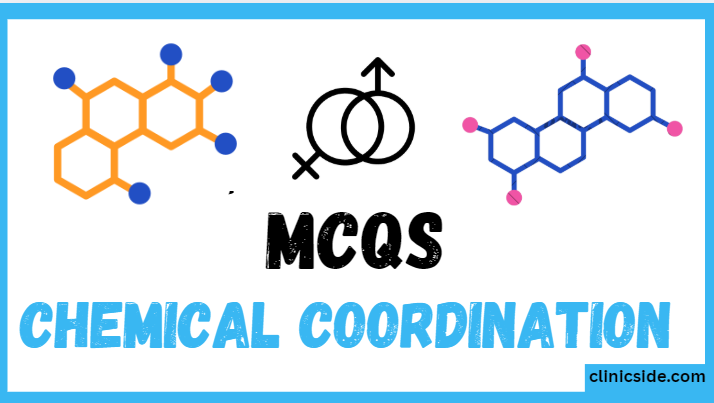Blood: the circulatory fluid is one of the most essential topics in Class 10 Biology. It plays a vital role in transporting oxygen, nutrients, hormones, and wastes throughout the body. This article covers the definition, components, functions, and importance of blood in the circulatory system, with examples and simple explanations to help you understand better.
Quiz
Available options: 1 to 20
📌 What is Blood: The Circulatory Fluid?
Blood: the circulatory fluid is a liquid connective tissue that flows through the heart, blood vessels, and body tissues. It is responsible for maintaining life-sustaining processes by transporting substances to and from body cells.
🔬 Components of Blood: The Circulatory Fluid
Blood is made up of four major components:
1. Red Blood Cells (RBCs or Erythrocytes)
- Carry oxygen from lungs to cells
- Contain hemoglobin, a red pigment that binds to oxygen
- Give blood its red color
2. White Blood Cells (WBCs or Leukocytes)
- Fight against infections
- Produce antibodies
- Fewer in number but larger in size than RBCs
3. Platelets (Thrombocytes)
- Help in blood clotting
- Prevent excessive bleeding during injury
4. Plasma
- Yellowish liquid that forms 55% of blood
- Carries nutrients, hormones, enzymes, and waste products
- Suspends all blood cells

🧬 Functions of Blood: The Circulatory Fluid
The blood: the circulatory fluid performs several vital functions in the human body:
✅ 1. Transport Function
- Transports oxygen from lungs to cells
- Carries carbon dioxide from cells to lungs
- Moves nutrients from intestines to cells
- Delivers waste to kidneys and skin for excretion
✅ 2. Protection
- WBCs fight pathogens (bacteria, viruses)
- Platelets prevent blood loss by clotting
- Antibodies destroy foreign bodies
✅ 3. Regulation
- Regulates body temperature
- Maintains pH balance
- Controls water content in cells
🫀 Importance of Blood: The Circulatory Fluid in Circulation
The human circulatory system relies on blood to function. The heart pumps this fluid through a vast network of arteries, veins, and capillaries. Without blood circulation, organs would fail, and life would not be possible.
Blood is the medium through which every vital substance is moved across the body. It connects every organ and keeps the entire system working smoothly.
📊 Table: Comparison of Blood Components
| Component | Function | Appearance | Percentage in Blood |
|---|---|---|---|
| RBCs | Oxygen transport | Red | 45% |
| WBCs | Immunity | White/Clear | <1% |
| Platelets | Clotting | Small, disc-shaped | <1% |
| Plasma | Transportation | Yellowish | 55% |
Key Points to Remember
- Blood is a liquid connective tissue.
- It is made of RBCs, WBCs, platelets, and plasma.
- Performs transport, protection, and regulation.
- Controlled by the heart and circulatory system.
- Blood: the circulatory fluid is crucial for life and health.
May Also Read: Respiratory System: Its Structure and Function
📚 Conclusion
Understanding blood: the circulatory fluid is essential to mastering human biology. It’s not just a fluid; it’s the lifeline of your body. Without it, cells cannot survive, and organs cannot function. Whether you’re preparing for exams or simply curious about how your body works, mastering this topic will give you a strong foundation in science.





